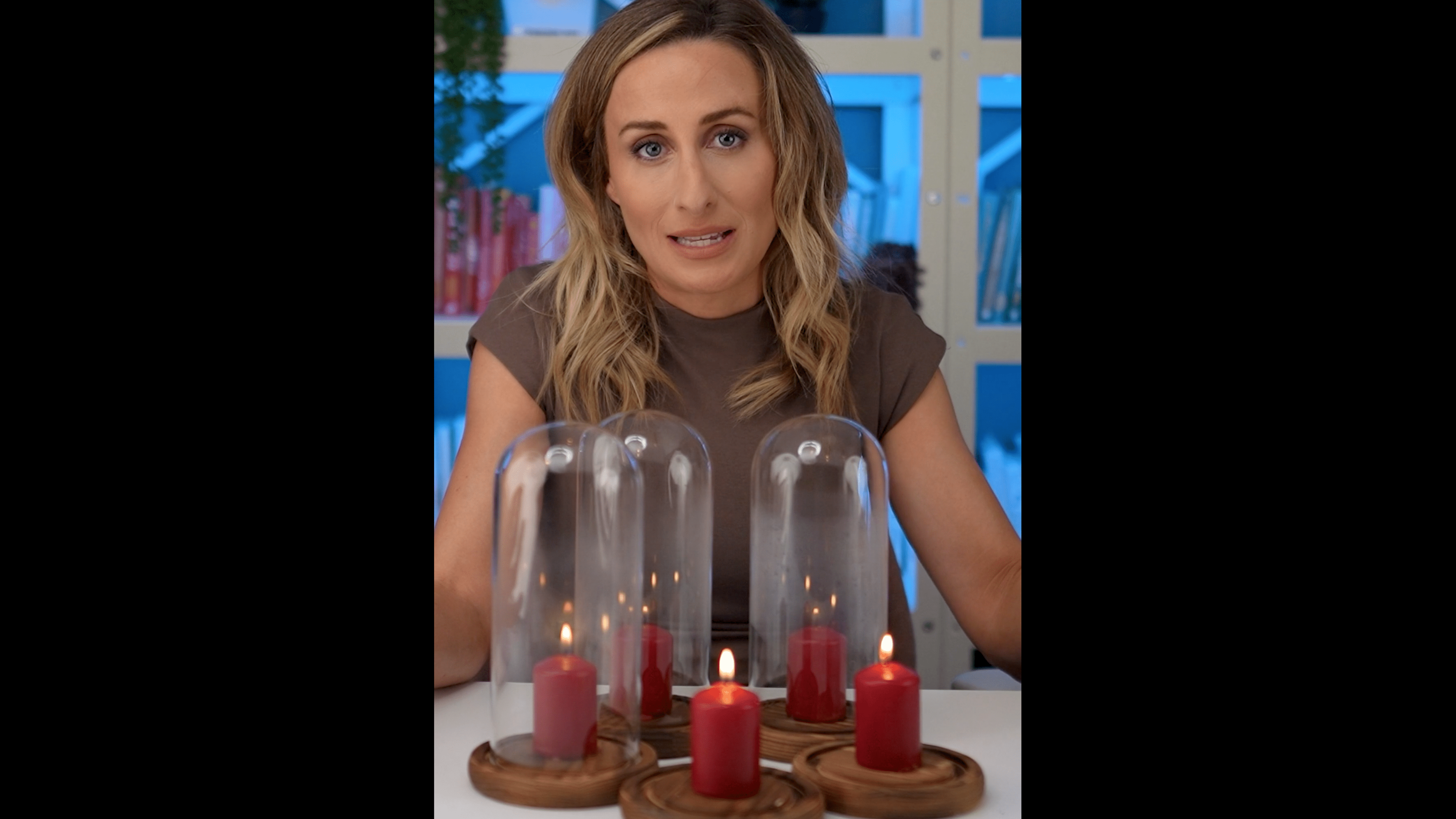
The very phrase “social media” is enough to strike a cold chill into the marketing teams of healthcare and pharma teams. This heavily regulated, risk-averse industry is not in a rush to embrace the free-wheeling, “do it fast … pile it high” world of social posts! CMOs only need to mention Instagram in a hushed tone, and compliance teams start quoting case studies of brands that have expensively got it wrong!
But marketers know that social media is the most effective and measurable way to meet HCPs and patients in their own world. So how do they balance the two things?
Despite the challenges, brands like Medtronic and Boston Scientific, and our own work with Bupa, have shown effective ways to leverage social media while remaining compliant. Their patient-first campaigns and educational content serve as models of how to engage audiences responsibly and ethically. They show that using best practice with a thorough process can lead to a safe, and effective, social media presence.
So how do medical brands walk the tightrope to rapid brand growth? And how can we make the journey easier, whilst observing regulatory compliance, avoiding reputational damage from misinformation, and maintaining medical accuracy?
Brand teams need to create a structured framework that encompasses compliance, engagement, and content creation. For this blog, we have pulled together the essential steps involved in launching an effective social media strategy. We have included some of our work and the impact it had for the brands so you can see we know it works!
But we just can’t use social media!
We talked to a fair few marketing teams who just don’t feel they can use social. “It’s too risky” and “it’s too time-consuming”. Now, we get it … but often it’s because they are trying to do old thinking work with new tools. Social Media is about taking part in the conversation around a condition or treatment, not pushing your own product. Once you start viewing it in these terms, the barriers start to fall away.
Interviews with patients talking in an emotional way about their experience with a condition, avoiding any discussion on treatment, is a great example of content that avoids contention (if done correctly). So is having a round table discussion on new treatment guidelines. There are lots of ways to go.
So, with that in mind, how do you actually get a more engaging social media presence off the ground?
Define Clear Objectives and Understand Your Audience
Just like everything, it starts with a plan. So before diving into content creation, it’s crucial to establish clear goals for your social media efforts. Are you aiming to increase brand awareness in patients? Educate patients about a specific condition? Or engage healthcare professionals with the latest research?
But more importantly, why are you doing these things, and how will you measure success?
___________________________________________________________________
The Food Medic, founded by Dr. Hazel Wallace, successfully educates the public on nutrition and lifestyle, amassing over 750,000 Instagram followers by providing valuable health information. The Times
___________________________________________________________________
Understanding your target audience: patients, caregivers, or healthcare providers, allows you to tailor your messaging effectively and to ensure you are open to the issues around compliance
Build Robust Compliance Guidelines for your team.
Compliance is paramount in the medical field, so a first stop is to develop a comprehensive compliance document. You almost certainly have one of these already, but is it fit to take on Meta and TikTok? Or is it time to bring relevant regulations and policies into a simple-to-use document that you can roll out at scale?
The more you can get documented as a workflow, the easier it will be down the line as you scale content creation.
Define your regions and which regulatory frameworks you are working to
Before diving into content creation, it’s crucial to decide on where your content will be going. Regions share many of the same objectives but really understanding the local regulations is vital before your global Instagram campaign rolls out.
The U.S. Food and Drug Administration (FDA) mandates that any promotional content for prescription drugs and medical devices on social media must present a balanced view of the benefits and risks…even on platforms with character limitations, such as X. The FDA’s guidance emphasizes the importance of fair and non-misleading information, ensuring that consumers receive accurate details about medical products. U.S. Food and Drug Administration+2MarketBeam+2Healthcare Success+2
In the UK, the Medicines and Healthcare products Regulatory Agency (MHRA), along with the Prescription Medicines Code of Practice Authority (PMCPA), oversees the promotion of medical products. The PMCPA’s 2023 social media guidance outlines that pharmaceutical companies must not promote prescription-only medicines directly to the public. Instead, they can engage in disease awareness campaigns, provided these do not indirectly promote specific products. The guidance also advises companies to monitor and manage user-generated content to prevent the dissemination of inappropriate information. pmcpa.org.uk
The European Medicines Agency (EMA) manages social media platforms to raise awareness about its work on public and animal health. While the EMA itself does not provide detailed guidelines for social media use, it underscores the importance of transparency and accuracy in communications. Companies operating within the EU must also adhere to the EU’s General Data Protection Regulation (GDPR), ensuring the privacy and protection of personal data shared on social platforms.European Medicines Agency (EMA)
Understanding these regional regulations is super important when you are developing a compliant and effective social media strategy.
Collaborate Across Departments
Effective social media strategies don’t happen in a vacuum; collaboration between marketing, legal and medical teams is essential. Over the years, we’ve found that the sooner you can get the team talking, the less issues you will come across down the line. Compliance certainly won’t take kindly to being sent a link to your first Instagram post for sign off if they didn’t know you were starting the channel!
Early meetings will ensure content aligns with brand messaging, medical information is accurate and up-to-date and legal considerations are addressed proactively rather than waiting to see what happens
___________________________________________________________________
The #hellomynameis Campaign
An example of cross-departmental collaboration is the #hellomynameis campaign initiated by Dr. Kate Granger. This initiative emphasised the importance of healthcare professionals introducing themselves to patients, fostering a more personal connection.
The campaign gained national and internal reach. It succeeded thanks to the coordinated input: medical voices led the message, marketing teams amplified it, and Legal ensured patient privacy was protected throughout.
___________________________________________________________________
Develop a Content Calendar and Editorial Guidelines
With planning for compliance done, what content can you plan? The key to success is consistency. What content can your team create that makes a noise and drives brand awareness without serving into medical claims and log jams of compliance?
Global health awareness days are a strong opportunity to join the conversation without making claims. Educational series or round table discussion also opens up lots of opportunities for social media posts. Also, think about patient stories or Q&A sessions with medical experts.
As an example, Tata Trusts’ menstrual health campaign utilised short films and jingles to destigmatise menstruation, effectively engaging a broad audience. The Times of India
___________________________________________________________________
Hurricane worked with Bupa’s global team to drive brand awareness around the world. Our campaigns have had over 100 million views!
___________________________________________________________________
Finally, with all the other content planning in place, ensure that you are prepared for a crisis. It might not be one that you have created, it could simply be that the world around us changes. Crisis readiness is a key component of a responsible healthcare social media strategy,y so write up a clear framework in place for when things go wrong. This should cover protocols for addressing misinformation by others, having a designated spokesperson lined up and writing pre-approved statements for rapid response.
For further reading and resources:


